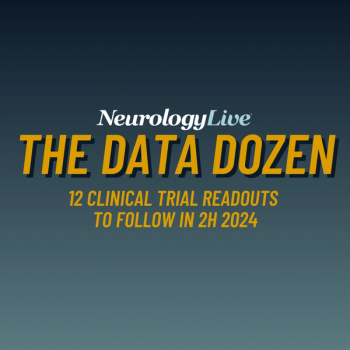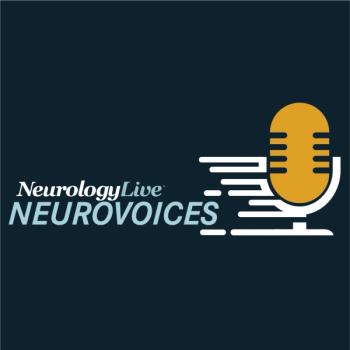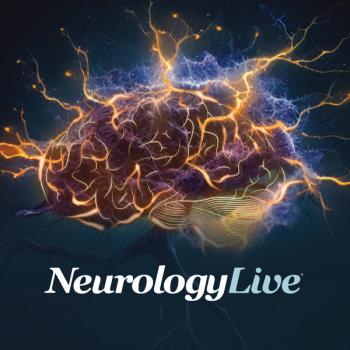
In new analyses of a pivotal phase 3 study, eplontersen resulted in beneficial effects on neuropathy impairment and quality of life in patients regardless of sex or change in body mass index.

Marco Meglio, Assistant Managing Editor for NeurologyLive, has been with the team since October 2019. Follow him on Twitter @marcomeglio1 or email him at [email protected]

In new analyses of a pivotal phase 3 study, eplontersen resulted in beneficial effects on neuropathy impairment and quality of life in patients regardless of sex or change in body mass index.

LX2006 shows safety, tolerance, and significant improvements in cardiac biomarkers in FA cardiomyopathy, progressing to higher dose cohorts.

Take a look at some of the most-anticipated clinical trials with expected data readouts in the second half of 2024 that researchers and clinicians in neurology should keep an eye out on.

After 6 months of treatment, nearly half of the small-scale cohort demonstrated enhancements on the Unified MSA Rating Scale, an assessment of activities of daily living.

The neurologist and clerkship director at the University of Connecticut provided perspective on the developing role of clerkship directors and the value they provide to neurology departments.

Additional interim clinical study results comprising 6- and 12-months of treatment data on multiple patients, is expected to be readout in the first quarter of 2025.

David Cooper, MD, chief medical officer at AviadoBio, provided insight on a new study assessing AVB-101, an investigational gene therapy, as a potential treatment for patients with frontotemporal dementia.

Secondary symptoms of PD can be as debilitating as the primary motor symptoms, often leading to increased disability, reduced independence, and a higher burden on caregivers.

The significant association between heavy alcohol consumption and young-onset cryptogenic ischemic stroke remained after adjusting for demographics and for further vascular risk factors.

Brivaracetam was largely well tolerated and shown to be effective for a proportion of patients with intellectual disability, indicated by similar responses across different levels of intellectual disability severity.

The neurologist and assistant professor at Boston University Medical Center provided forward thoughts on improving the diagnosis of milder, asymptomatic cases of cerebral amyloid angiopathy. [WATCH TIME: 4 minutes]

Intravenous methylprednisolone combined with plasma exchange/immunoadsorption achieved better and continuous improvement than IVMP alone

Test your neurology knowledge with NeurologyLive®'s weekly quiz series, featuring questions on a variety of clinical and historical neurology topics. This week's topic is on multiple system atrophy.

Following the positive data, NeuroSense intends to submit 12-month results to the FDA for regulatory discussions on future path.

In a phase 2 trial, the agent met its primary end point of safety, with slowing of disease worsening in patients with mild AD.

Mind Moments®, a podcast from NeurologyLive®, brings you an exclusive interview with Sameea Husain-Wilson, DO. [LISTEN TIME: 19 minutes]

Recruitment has begun for Part C of the study, with topline data from this part of the trial expected to report in Q2 2025.

Patients with CIDP treated with riliprubart reported improved quality-of-life and fatigue measures, as well as reduced neurofilament light levels.

The data, which comes less than a month after the FDA granted RMAT designation, highlighted the impacts of AMT-130 on disease progression in Huntington disease.

Mind Moments®, a podcast from NeurologyLive®, brings you an exclusive interview with Joel Salinas, MD, MBA. [LISTEN TIME: 10 minutes]

Most treatment-emergent adverse events for patients on UB-312 were mild or moderate, and comparable to placebo.

Overall, treated patients showed improvements in multiple cardiac measures, including left ventricular ejection fraction, as well as indexed volumes.

Test your neurology knowledge with NeurologyLive®'s weekly quiz series, featuring questions on a variety of clinical and historical neurology topics. This week's topic is on headache and nerve decompression surgery.

ALX-001, a first-in-class compound, will be assessed in an additional cohort of patients with Alzheimer disease as the company continues to plan for phase 2 studies.

After 48 weeks of continued treatment, those in the high-dose frexalimab group showed a 41% reduction in neurofilament light.

Data from the large-scale, phase 3 OCARINA 2 trial was the basis for the approval.

Over the 3-year treatment period, buntanetap resulted in improvements in motor and nonmotor functions in patients with postural instability and gait difficulty, a group with faster disease progression.

The neurologist at Baptist Health provided context on identifying treatment approaches for varying degrees of migraine, the need to optimize medication use, and when patients may be experiencing more than just migraine.

in both the overall population and a per-procotol population, PrimeC-treated individuals experienced improvements on ALS Functional Rating Scale and increased survival compared with placebo.

Following the 12-week program, participants reported numerous physical and neuropsychiatric benefits in their daily living, such as increased energy level, better mood, and improvement in balance.